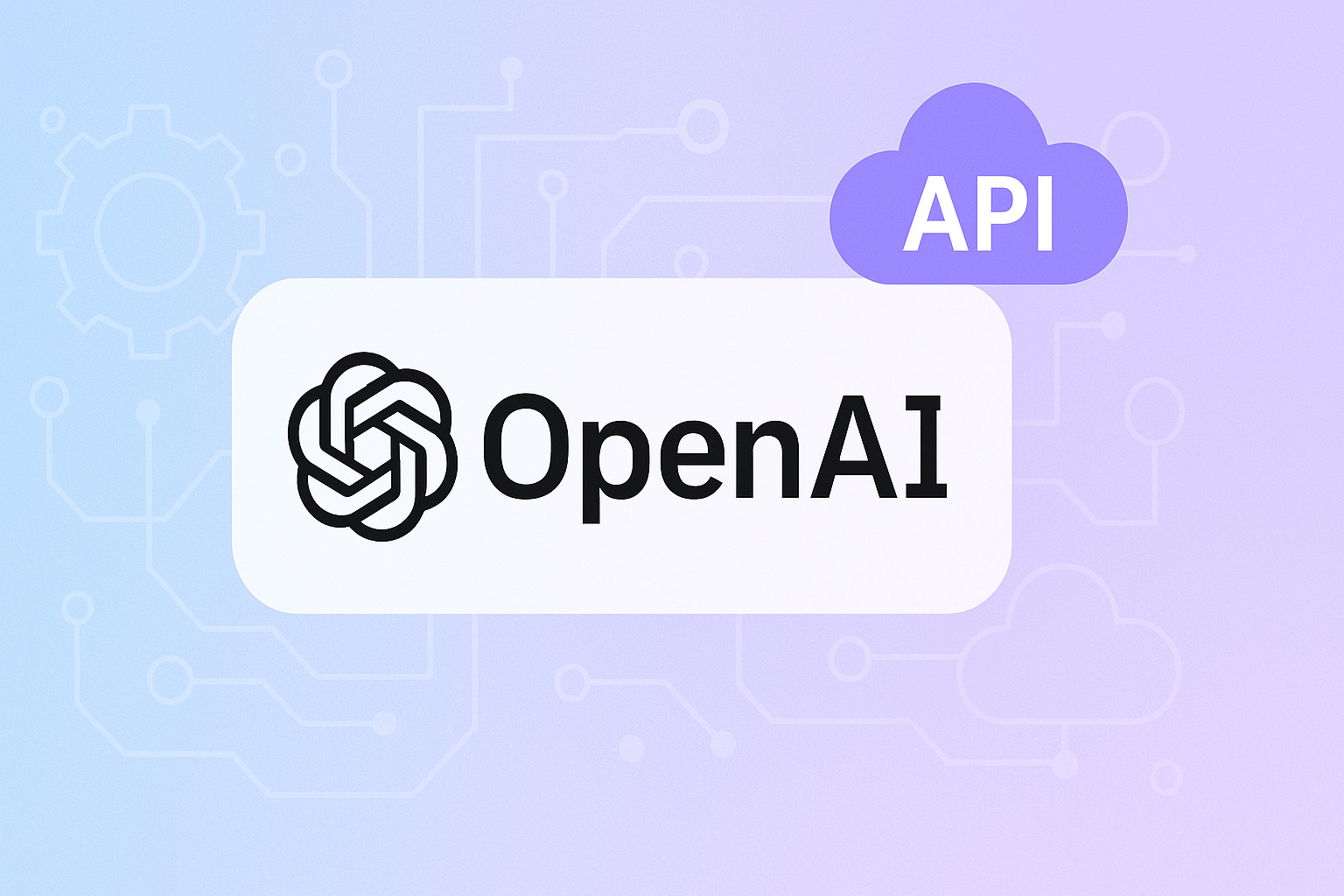

In the rapidly evolving world of artificial intelligence, the OpenAI API stands out as a powerful tool for developers, businesses, and innovators looking to integrate advanced AI capabilities into their applications. Whether you’re building chatbots, generating content, or analyzing data, understanding how to use the OpenAI API can unlock endless possibilities.
This comprehensive guide, updated for 2025, covers everything from getting started to advanced use cases, pricing, and security best practices. If you’re searching for “OpenAI API tutorial 2025” or “how to use OpenAI API,” you’ve come to the right place. We’ll help you optimize your implementation for efficiency and scalability, ensuring your projects rank high in innovation and performance.
The OpenAI API is a cloud-based interface that provides access to OpenAI’s state-of-the-art AI models, including language models like GPT-5, image generation tools like DALL-E, and audio processing models like Whisper. Launched by OpenAI, it allows developers to build AI-powered applications without needing to train models from scratch. As of 2025, the API has expanded to include realtime capabilities, fine-tuning options, and built-in tools for tasks like code interpretation and web searching.
Key benefits of the OpenAI API include:
Businesses worldwide, from startups in Silicon Valley to enterprises in Europe and Asia, use the OpenAI API to enhance productivity and customer experiences. For geo-targeted applications, such as localized content generation in cities like New York, London, or Tokyo, the API’s global infrastructure ensures seamless performance.
The OpenAI API has evolved significantly by 2025, introducing new models and endpoints. Here’s a breakdown of its core features:
OpenAI’s flagship models power natural language processing (NLP) tasks. The latest lineup includes:
These models support large context windows (up to millions of tokens) for maintaining conversation history.
Fine-tune models like GPT-4.1 for domain-specific tasks, with training costs ranging from $1.50 to $25 per 1M tokens. This is perfect for industries requiring tailored AI, such as healthcare in the US or finance in the EU.
These features make the OpenAI API geo-optimized for global users, with data centers ensuring low latency in regions like North America, Europe, and Asia-Pacific.
Pricing for the OpenAI API is usage-based, billed per token (approximately 4 characters of text). As of October 2025, there are no widespread free tiers mentioned, but developers can start with low-volume testing. Here’s a table summarizing key rates:
| Model Category | Model | Input ($/1M tokens) | Output ($/1M tokens) | Cached Input ($/1M tokens) | Additional Notes |
|---|---|---|---|---|---|
| Flagship | GPT-5 | 1.25 | 10.00 | 0.125 | High-performance reasoning |
| Flagship | GPT-5 Mini | 0.25 | 2.00 | 0.025 | Balanced for general use |
| Flagship | GPT-5 Nano | 0.05 | 0.40 | 0.005 | Cost-efficient for scale |
| Fine-Tuning | GPT-4.1 | 3.00 | 12.00 | 0.75 | Training: $25/1M tokens |
| Fine-Tuning | GPT-4.1 Mini | 0.80 | 3.20 | 0.20 | Training: $5/1M tokens |
| Realtime | gpt-realtime | 4.00 | 16.00 | 0.40 | For voice apps |
| Image | GPT-image-1 | 5.00 | N/A | 1.25 | Outputs: $0.01–$0.08 per image |
To estimate costs, use OpenAI’s token calculator: Multiply tokens by rates. For example, a 1,000-token chat costs about $0.01 on GPT-5 Nano. Batch processing may offer discounts, though not explicitly detailed. Always monitor usage via the dashboard to avoid surprises.
For geo-optimization, pricing is uniform globally, but consider currency fluctuations for international teams.
Getting up and running with the OpenAI API is straightforward. Follow this OpenAI API tutorial 2025 for beginners.
For Python (recommended for beginners):
pip install openaiFor Node.js:
npm install openaiHere’s a simple Python example to generate text:
import os
from openai import OpenAI
client = OpenAI(api_key=os.getenv("OPENAI_API_KEY"))
response = client.chat.completions.create(
model="gpt-5-nano",
messages=[{"role": "user", "content": "Hello, OpenAI API!"}]
)
print(response.choices[0].message.content)This sends a message and prints the AI’s response. Replace with your key.
For Node.js:
const OpenAI = require('openai');
const openai = new OpenAI({ apiKey: process.env.OPENAI_API_KEY });
async function main() {
const completion = await openai.chat.completions.create({
messages: [{ role: "user", content: "Hello, OpenAI API!" }],
model: "gpt-5-nano",
});
console.log(completion.choices[0].message.content);
}
main();Test in your local environment, targeting geo-specific prompts like “Describe Tokyo landmarks” for location-based apps.
The OpenAI API powers innovative applications across industries. Here are top OpenAI API use cases:
From startups in California to corporations in India, these use cases demonstrate the API’s global applicability.
To maximize value and minimize risks, follow these OpenAI API best practices:
For geo-optimized security, isolate resources in virtual networks, especially for sensitive data in regions with strict privacy laws like the EU.
The OpenAI API in 2025 is a game-changer for AI development, offering unparalleled features at competitive pricing. By following this guide, you can integrate it seamlessly into your projects, whether for global or location-specific applications. Start experimenting today and stay ahead in the AI landscape.
It varies by model, starting from $0.05 per 1M input tokens for GPT-5 Nano.
Check developer credits or trials on platform.openai.com, though full access requires payment.
Yes, with encryption and compliance features, but follow best practices for key management.
This article is optimized for SEO with targeted keywords and structured content to help it rank on Google’s first page for queries like “OpenAI API guide 2025.” For more, explore official docs or advanced courses.
the OpenAI API in 2025 represents a pinnacle of AI innovation, empowering developers and businesses worldwide with scalable, versatile tools for text, image, audio, and multimodal applications. From cost-effective pricing models like GPT-5 Nano to advanced features such as fine-tuning and realtime capabilities, it democratizes access to cutting-edge intelligence.
By adhering to best practices in prompt engineering, security, and geo-optimization, users can build robust, compliant solutions tailored to diverse regions from North America to Asia-Pacific. Embrace the OpenAI API today to drive efficiency, creativity, and competitive edge in an AI-driven future. Start your journey and transform possibilities into realities.

